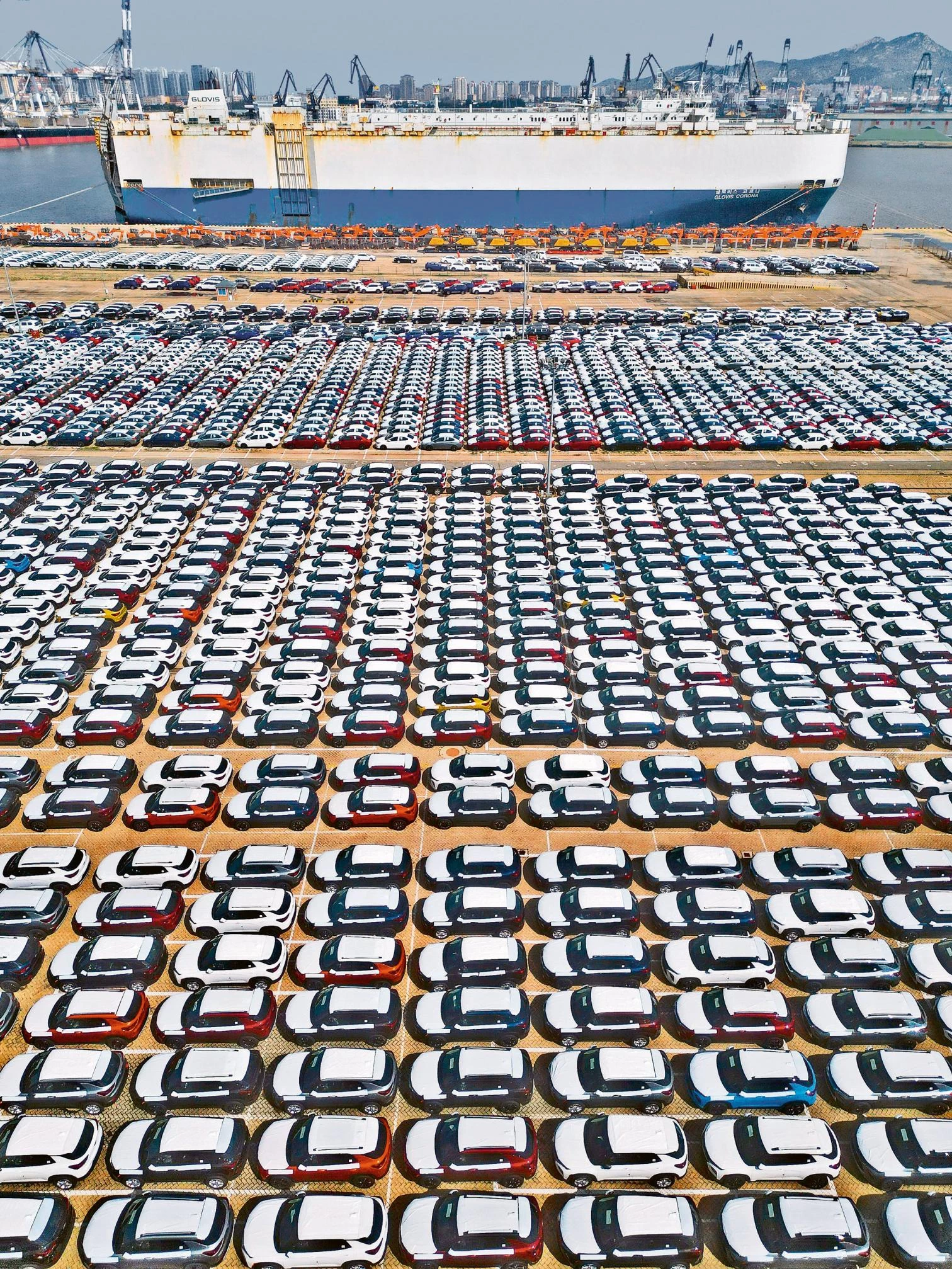
Electric vehicles at China's Yantai port prior to export
Marco Bellocchio released China Is Near in 1967, a satire of bourgeois decadence which mixed Catholic morals, electoral opportunism, and Maoist revolutionary dreams. The ironic proximity of China referred to its ideological influence on the young radicals of the West, but today the film title would rather describe the huge political and economic presence of the Middle Kingdom in our context. It has been two decades since Joshua Cooper Ramo coined ‘Beijing Consensus’ to describe the rise of the Chinese model and the decline of the Washington Consensus, and since then the Chinese economy has increased fourfold, expanding its geopolitical influence and its take on development. Against the orthodoxy of the IMF and the World Bank, the Chinese economic model opens new paths for the Global South, and “breaks the myth of modernization equals Westernization,” as President Xi Jinping said in a speech of 2023 before the cadres of the Communist Party.
For The Economist, the Chinese autocracy is now “painting the globe red,” and its appeal is shown in both the urban and scientific fields. Beyond the four metropolises – capital Beijing, financial Shanghai, technological Shenzhen, and exporter Guangzhou – eight cities of ten million inhabitants “embody growth, optimism and the good life.” Xi’an, Chengdu, and Chongqing flourish with tech experts and influencers; Wuhan, Hefei, and Changsha prosper thanks to electric vehicles and entertainment; and Nanjing and Hangzhou specialize in venture-capital and startups. The “great eight” of the British weekly attract young talent with their quality of life, and grow faster than the four metropolises. These twelve cities are home to the universities and labs that have made China a scientific and technical power, leader in many fields of research and industrial innovation, on a path that could bring it economic, geopolitical, and military superiority over the United States.
China’s rise – with shadows like its colossal real estate boom, and which has spurred in the west new tariffs and sanctions that herald a trade war – has proven to be compatible with the survival of authoritarian political structures, against the predictions that prosperity would bring democracy. This situation does not seem to worry the Global South, distanced from the Washington Consensus by western hypocrisy, by its subordinate position, and by the existence of autocratic regimes in many of its countries. While the two superpowers engage in a battle of giants, European liberal democracies see their population, prosperity, and influence decline: their demography is down for the first time since the medieval plagues, their generous social benefits seem difficult to finance, and their political system is no longer a reference for the planet. The US still grants Europe safety, but we do not know for how long, and the world shaped by China is near indeed.








